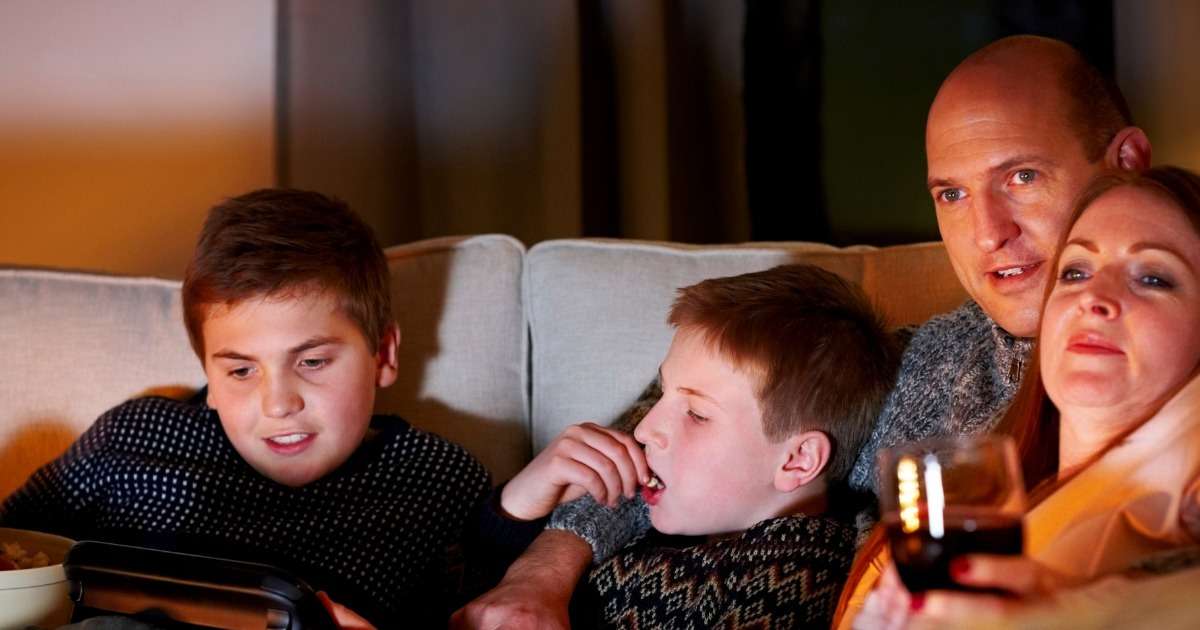
UX / Neuroscience lab in the spotlight
After a successful launch in June 2019, the LabUX team has been designated the innovation of the year for the digital transformation at Desjardins.

Researching comorbidity in patients with autism spectrum disorder
Patients with autistic spectrum disorder also tend to have other disorders like epilepsy. Why is that and how can understanding that help us understand autism?

Organized chaos or well-oiled machine? Optimizing safety & efficiency in an OR
Dr. Joseph and her team searched for solutions to minimize flow disruptions in Operating Rooms and make them as safe and efficient as possible.

STAY AT HOME!
What is the best way to communicate an important message such as 'Stay at home'? The research team of Mauri compared the emotional reactions to three short videos containing this message using FaceReader.

Improve the interaction between parent and child with autism
Children with ASD are three times as likely to exhibit disruptive behavior as their typically developing peers. Can PCIT help coping with behaviors such as defiance, stubbornness, and temper tantrums?

Cognitive neuroscience: Behavior
We are in a pandemic where most of us are forced to change our daily behavior. Fortunately, we have our neocortex: it gives us considerable flexibility and creativity in adapting to a changing environment.

The role of emotional expressions after face transplant
“Would undergoing a face transplant have any value to it if somebody across the room couldn’t tell you were happy by just looking at you?”

4 recent blog posts about understanding autism spectrum disorder
Our understanding of autism spectrum disorder (ASD) has developed a great deal over recent years, but there is still much work to be done.

Four ways to study visitor behavior
Museums, zoos, theme parks, and aquariums all observe the behavior of their visitors in order to find the best ways to entertain and educate.

Consumer behavior research in the spotlight: consumption behavior
Why do we drink less when watching gut-wrenching movies? How does exposure to moral violations influence consumption?
